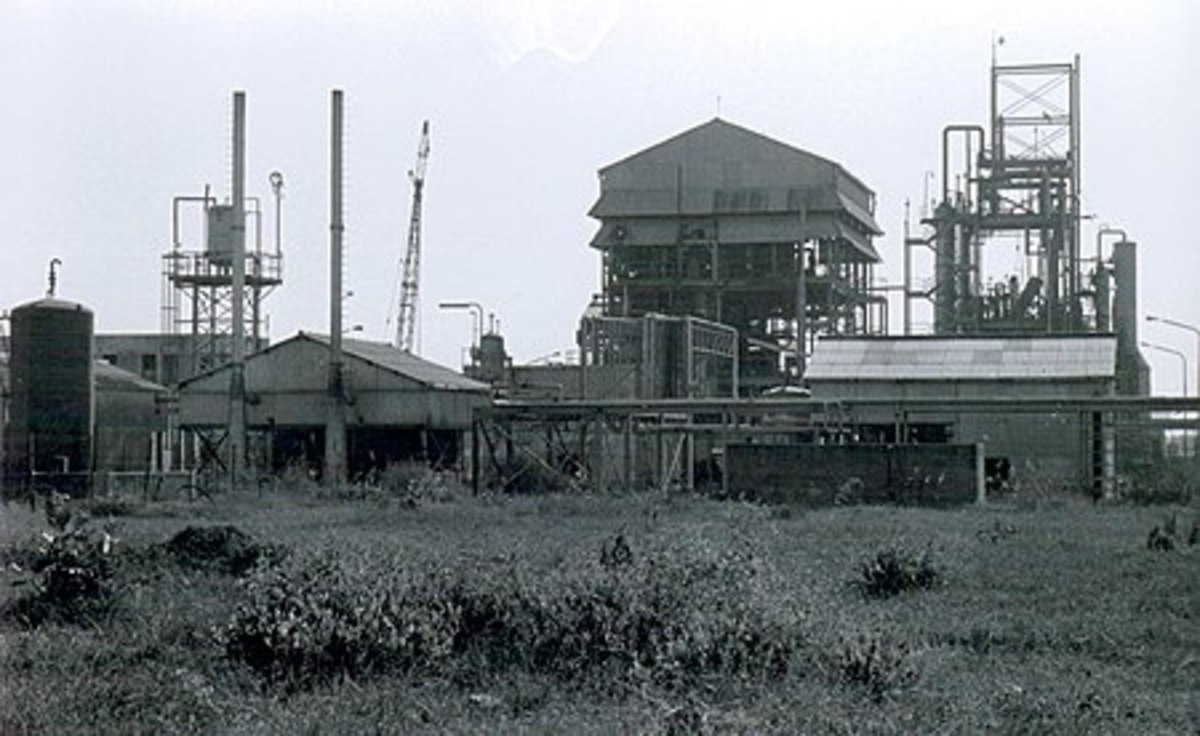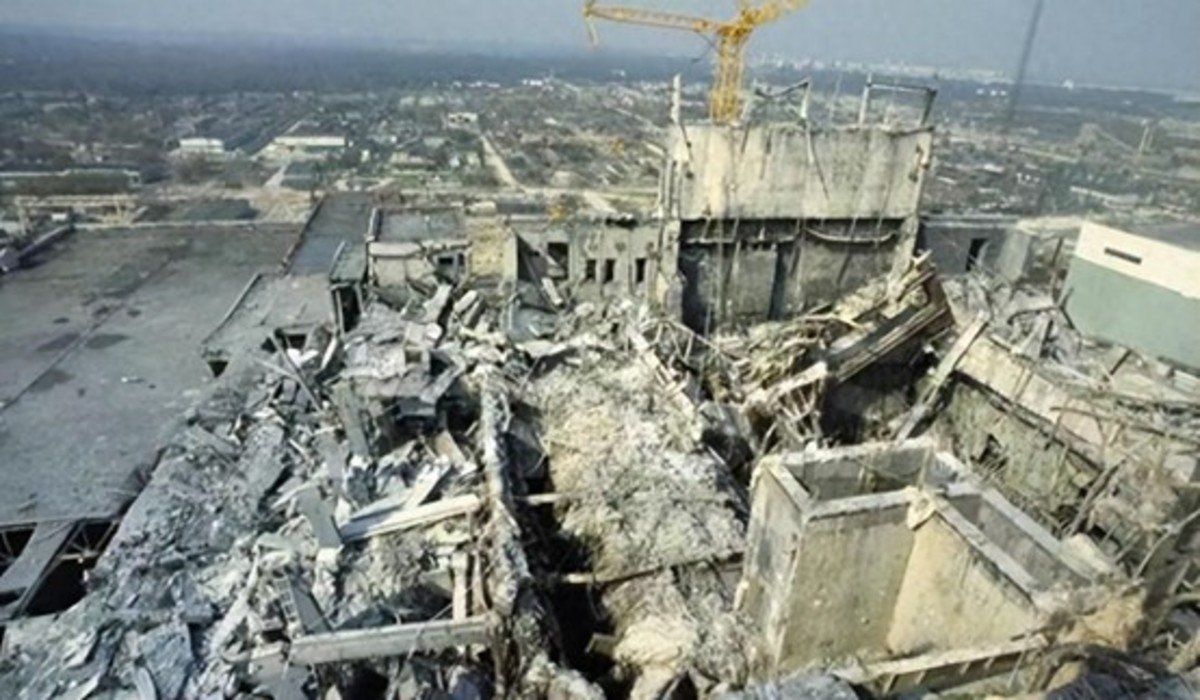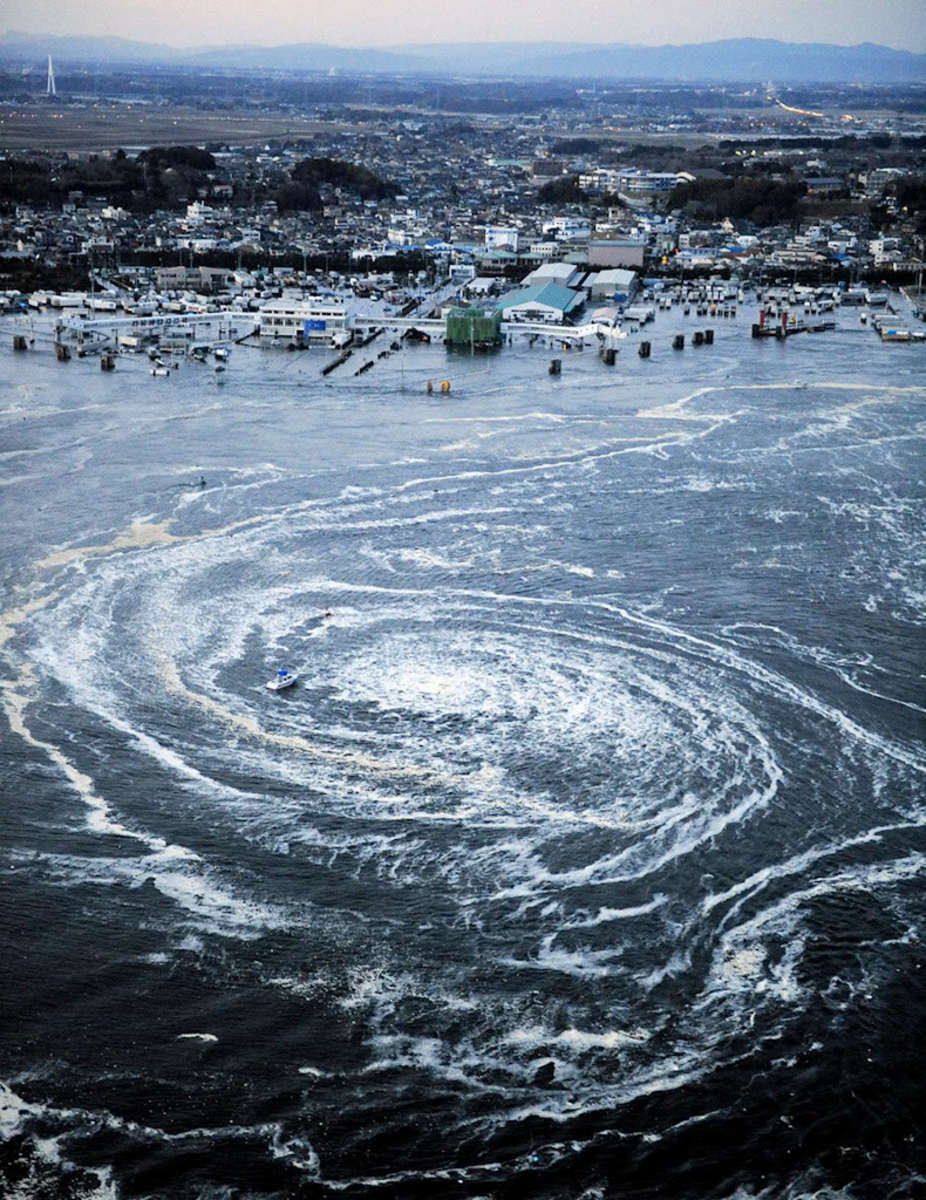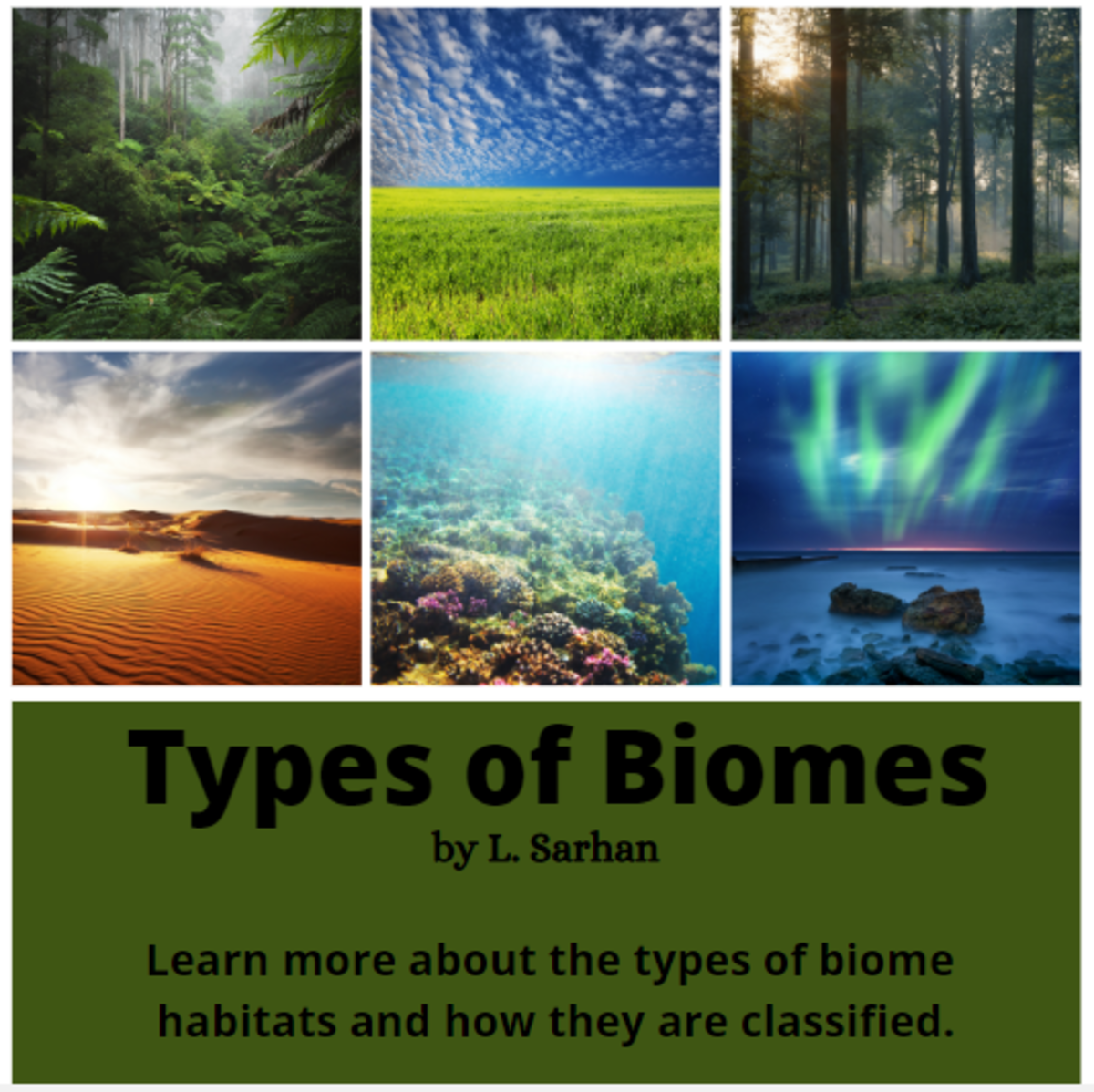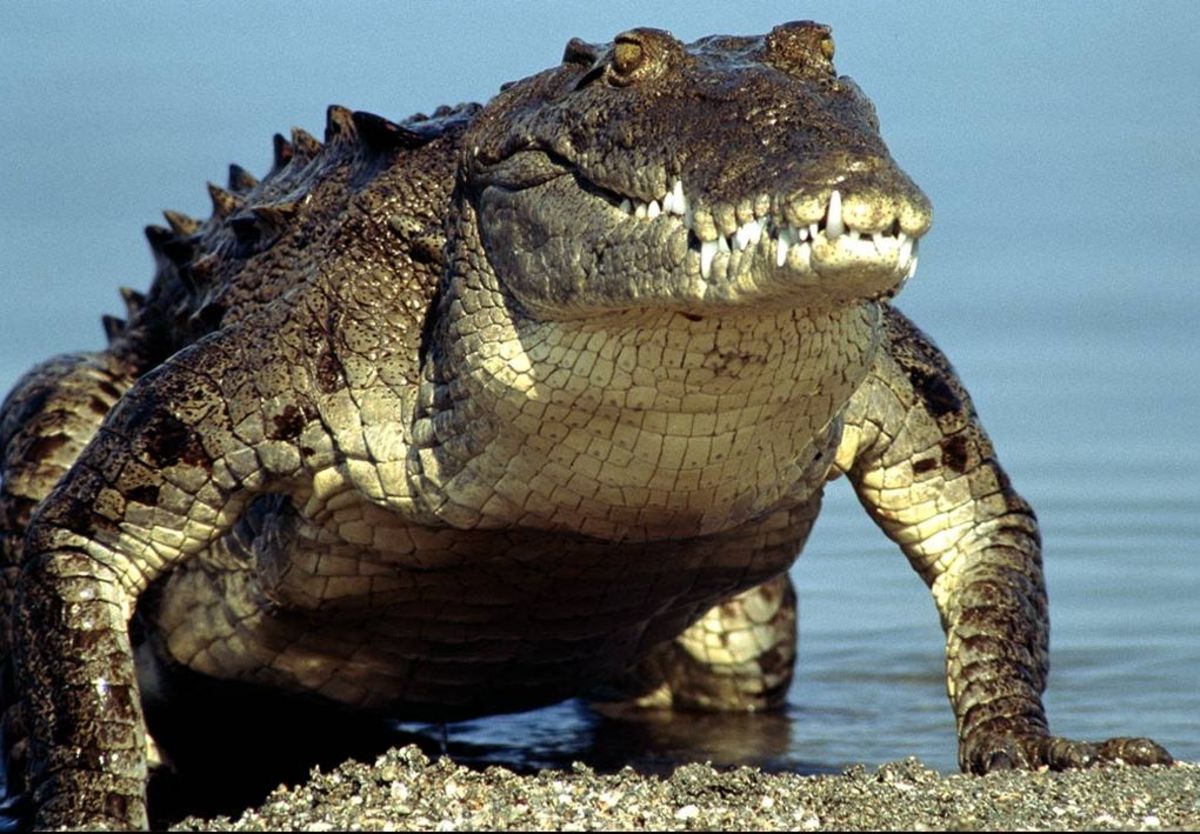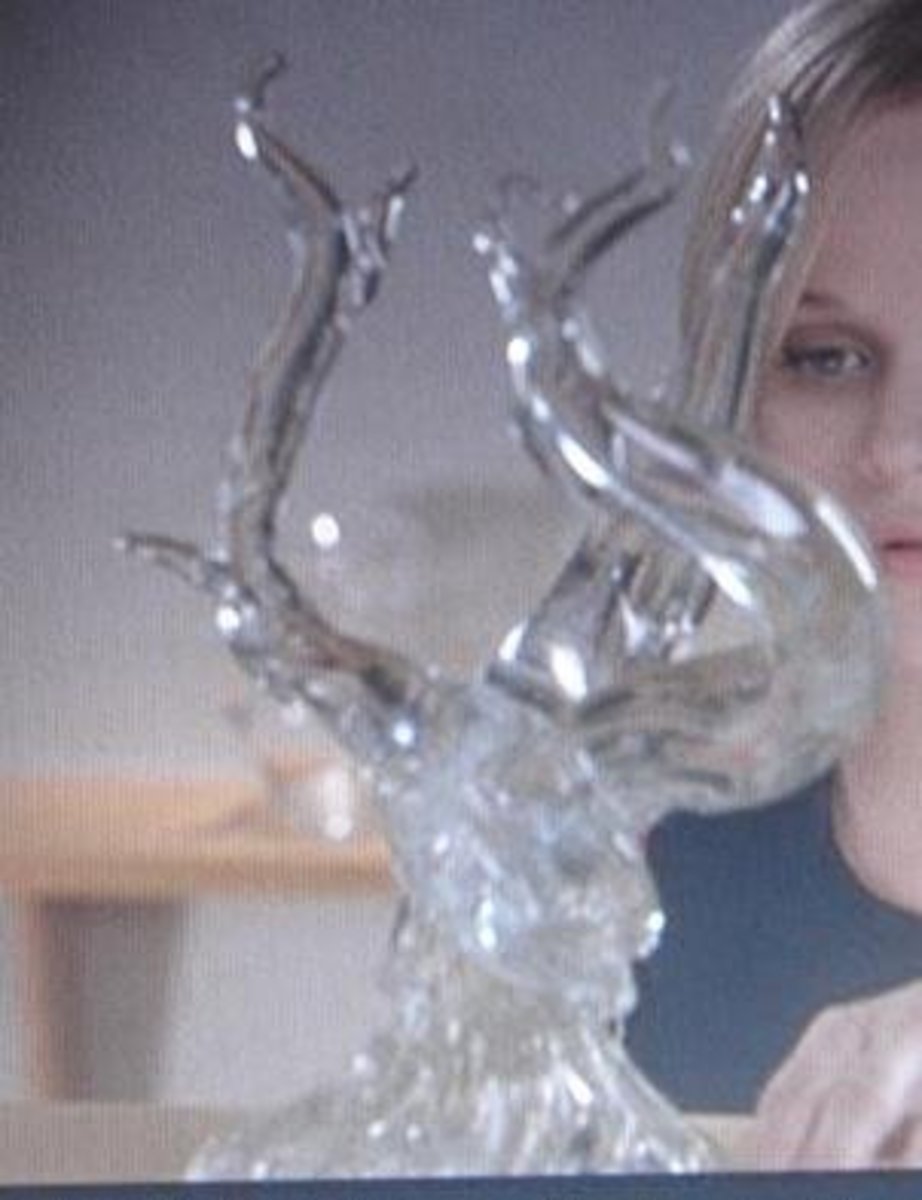Chernobyl: Life After Death
Chernobyl Today
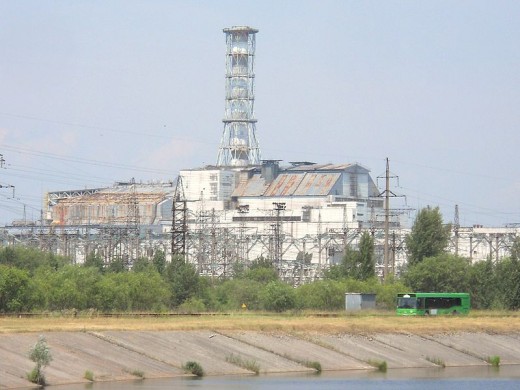
Disaster
On the 26th April 1986, a combination of operator and designer mistakes led to the biggest nuclear disaster in history. Reactor Number Four exploded at the Chernobyl Nuclear Power Plant, causing a firestorm that devastated the local environment .The innards of the reactor spewed over a wide area of the Ukraine, or the USSR as it was then, and also into the sky, where westerly winds ensured that Western Europe would get a very harmful radioactive shower, harmful enough to force reindeer herders in Scandinavia to sacrifice their animals rather than eat them. Forty eight hours later, the city of Pripyat, then home to 50,000 people was evacuated along with the surrounding villages. Panicking Soviet scientists attempted to limit and contain the damage by establishing a 4000 square kilometre zone. Many experts predicted that the land was effectively dead and would be forever contaminated. However, a little over two decades after one of the worst environmental disasters in history, something truly wonderful has happened.
The Location of Chernobyl
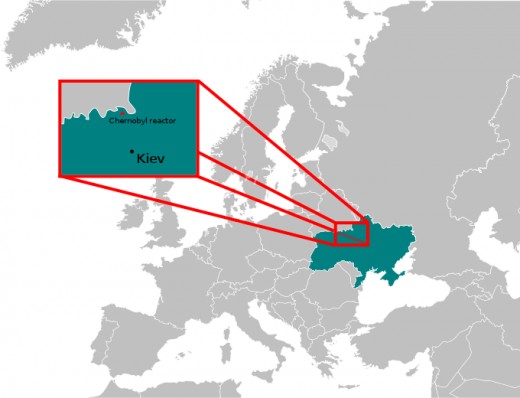
Chernobyl: The Facts
Chernobyl was the worst ever nuclear disaster, and it occurred in what is now northern Ukraine.
- It was caused by an experiment that went catastrophically wrong, resulting in an uncontrollable power surge that led to two violent explosions.
- The 1000 tonne sealing cap was blown off, destroying the reactor. The melting of the fuel rods at 2000 degrees celsius caused the cooling rods to catch fire.
- An almighty plume of fissile material-gases, aerosols and six tonnes of fragmented fuel rose over two miles into the sky and deposited radioactive material across Europe.
- It took 400 firefighters 10 days to put out the fire.
- 600,000 liquidators worked solidly for seven months to entomb the entire plant in concrete.
- The exclusion zone is still high in radiation, particularly the 'hotspots'. These have been mapped by scientists and special permission is required to visit.
Radioactive Wolves
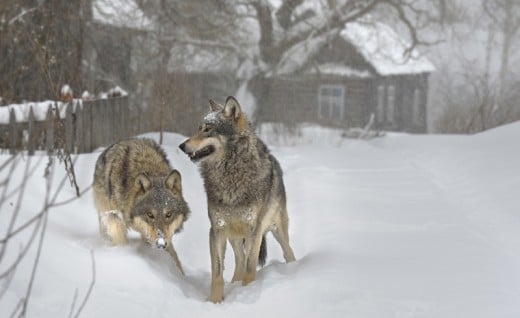
Recovery
Instead of becoming a barren, nuclear wasteland, the area around the stricken, slowly decaying nuclear facility has become a wildlife haven, a paradise for many species rare or under stress elsewhere. These quite remarkable changes did not begin the instant the last civilian was evacuated, instead they commenced only when the last of the decontamination crews left the area, a few years later. Indeed, until 1990, the only notable change in terms of wildlife was an increase in the population of small rodents, particularly mice who enjoyed a bounty of abandoned cereal crops.
Once the area was totally clear of people, researchers began to notice signs of red squirrels, rabbits, hares and their chief enemy, the red fox, followed closely by deer of various species, including the majestic red deer and their close cousin, the moose. By the end of the century, the region was safe enough for the top carnivores to return e.g. wolves, lynx, brown bear, golden and white tailed eagles and also several species of falcon. In less than a decade an empty land had been transformed into a flowering new Eden.
Recent studies of the exclusion zone by scientists have concluded that virtually all of the major animal species are up to ten times more abundant inside the zone than outside. Despite the fact, that radiation equivalent to 400 Hiroshima bombs were released into the environment, the net ecological effect on biodiversity has been overwhelmingly positive.
The area had always been home to a few wolves, but now the area boasts several packs, in total containing over 200 animals. The region is also home to the extremely rare Przewalski’s horse, the ancestor of all domestic horses, introduced from the nearby steppes. The North Western area of the zone crosses into Belarus and is home to the endangered European Bison, the largest land mammal to be found in mainland Europe. Already the ever expanding mixed forests are continuously reshaped by two denizens of the woodland ecosystem, the European beaver and the wild boar. Wild boar are often referred to as ‘nature’s gardeners’, for their ability to transform the floral character of a woodland simply by turning over the soil in their endless foraging. The zone has also witnessed the return of previously rare species of bird, including black storks, swans and owls.
The Famous Ferris Wheel
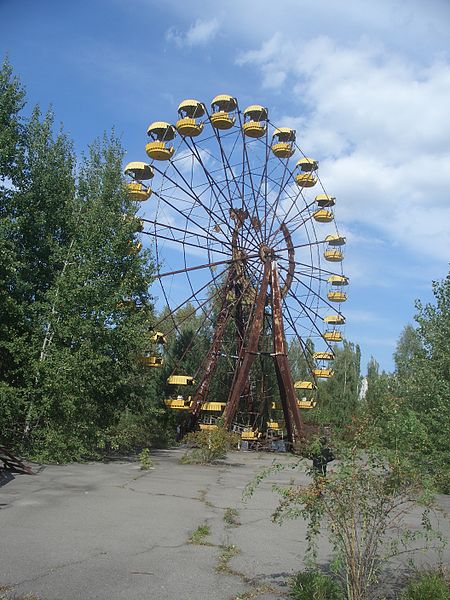
The Palace of Culture
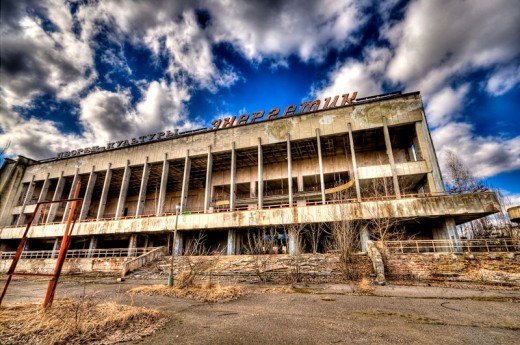
Pripyat
The Ukrainian city of Pripyat has in recent times become an icon; a scarily eerie reminder of just how fragile civilisation is. Today, over twenty years later, the city, that once boasted of being the most modern of its kind in the USSR, is now reduced to a mere corpse gradually returning into the very soil from whence it came. Ghosts seem to lurk everywhere, particularly in the local school, imagine yourself walking slowly through the corridors, poking your nose into a classroom and observing the dust covered desks and chairs, some even have a fine coat of plaster flakes that have gradually fluttered down from the ceiling. Some of the windows either have distinguishable cracks or have pieces missing altogether, allowing owls to enter and utilise the abandoned building as a roosting site. The silence alone would be enough to make you uneasy. Your mind may start to play tricks on you by giving you the impression that you can still here children laughing.
Most of the streets are still clear of vegetation as army patrols occasionally roll by, but the rest of the city is gradually becoming lost under a sea of green, a world of meadows and trees. One of the most iconic of Pripyat’s human artefacts is the amusement park, still dominated by the Ferris wheel. The fair was due to open on Mayday, just a few days after the accident, but sadly never got the chance to entertain the locals, in fact the fading decorations designed to commemorate the event are still in place to this day.
In front of the amusement park, is the Palace of Culture, its gaping windows serving as scars for a quarter of a century of human neglect and variable Ukrainian weather. The once impressive fountains have now transformed into reed-beds, so whilst they may have lost much of their human grandeur, the presence of dragonflies, mayflies and swooping swifts mean that the fountains have gained a rather quaint prettiness.
The city is mostly dominated by one of the symbols of communism, huge, gray high rise tower blocks that may remain standing for a few decades; yet their decay is well under way. A walk to the top of one of these means a battle with dense vegetation, dust, shards of glass and flakes of plaster and paint. But it does offer the perfect view of just how things have changed. Virtually all of the area surrounding the city is cloaked in forest, in fact more than 80 per cent of the region is forested, compared with 20 per cent prior to the accident. Previously rare animals including wolves, deer, lynx and bear frequently venture right into the heart of the city. The nearby Pripyat River and the former cooling pools of Chernobyl is now the domain of seven foot long catfish, living alongside beavers, otters and European mink. Bats, as well as utilising natural roosting sites also rest in abandoned houses. Badgers confidently forage the streets under the cover of darkness and kestrels take the opportunity to nest in abandoned window boxes in the high rise tower blocks.
The Invasion of the Trees
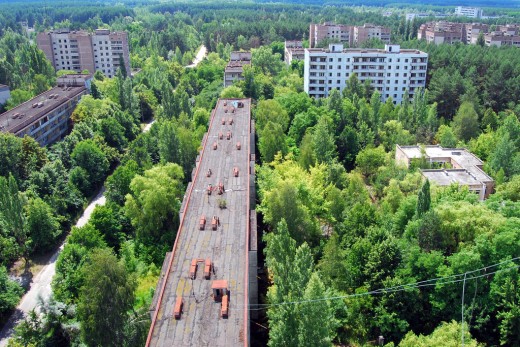
Chernobyl on Film
Did You Know?
Chernobyl takes its name from the Ukrainian word for the plant mugwort. It's also been translated to mean 'wormwood' also a species of plant. Interestingly this name has an apocalyptic link through its appearance in the Book of Revelations.
Those Who Stayed Behind
In some of the surrounding rural villages, people stayed, but they were few in number, mostly consisting of elderly folk who could not bear to up sticks and move away. Today, the youngest are in their mid seventies and they live simple lives, farming small patches with pigs and cows, and also gathering plants and animals from the forest. They still pick the mushrooms, even though they are radioactive, they can’t resist the taste. They can’t keep dogs as pets through the threat posed by the local wolves. These people are living on borrowed time, once they disappear so will their village.
The exclusion zone, and in particular the city of Pripyat help to give us a remarkable insight into a world without humans. They help us to observe how quickly a concrete jungle can turn into a real jungle, and also how quickly rare or endangered animals can recover and repopulate an area. It helps us to observe how quickly a building deteriorates once you take away the human care and maintenance. But more importantly, it serves as a fantastic reminder of nature’s resilience, despite the fact that officially the area is unsafe for human habitation, the wildlife has returned and thrived. Many wild spaces across the world are under threat from an ever expanding human presence, but the exclusion zone will probably never be repopulated, because it will take more than 200,000 years for radiation levels to die back to normal background levels.
More on Chernobyl and Pripyat
- Prypiat - Wikipedia, the free encyclopedia
- - Website of the City of Pripyat - Chernobyl disaster, news, articles, media
- Chernobyl disaster - Wikipedia, the free encyclopedia
- Chernobyl | Chernobyl Accident | Chernobyl Disaster
Chernobyl accident information. The Chernobyl RBMK reactor design faults and how they were addressed. The Chernobyl shelter. Lessons learnt from the Chernobyl disaster in 1986. Health impacts of Chernobyl. - BBC NEWS | In Depth | Chernobyl
- http://www.youtube.com/watch?v=zVv1vsZxV00&feature=bf_prev&list=PL3D4AA85B4CC9E04B&lf=re
'Life in the Dead Zone' a documentary examining the amazing ecological recovery in the exclusion zone.


